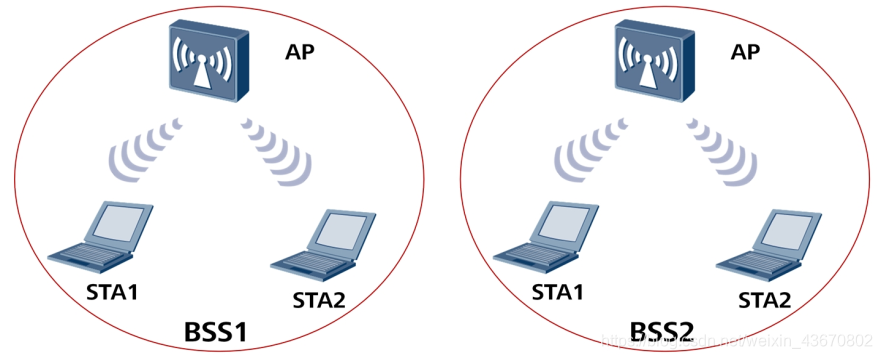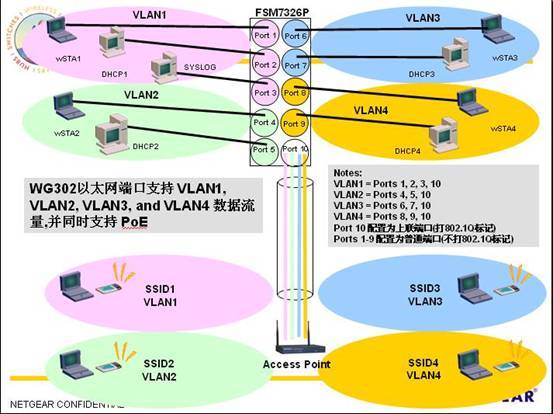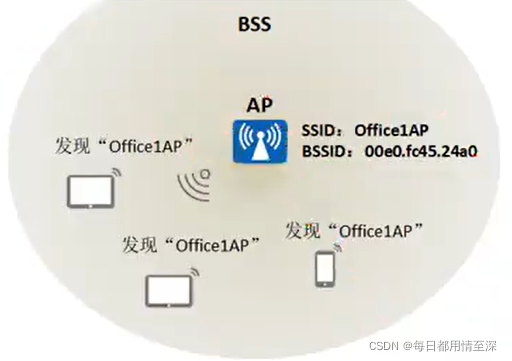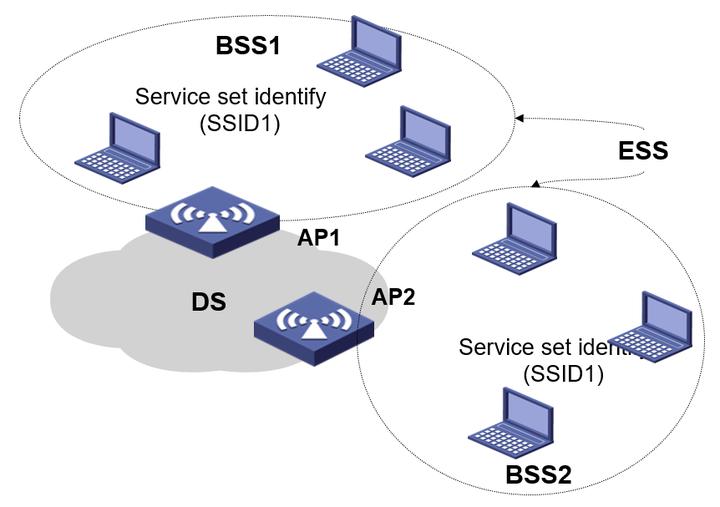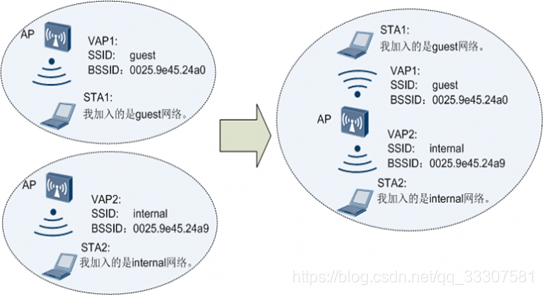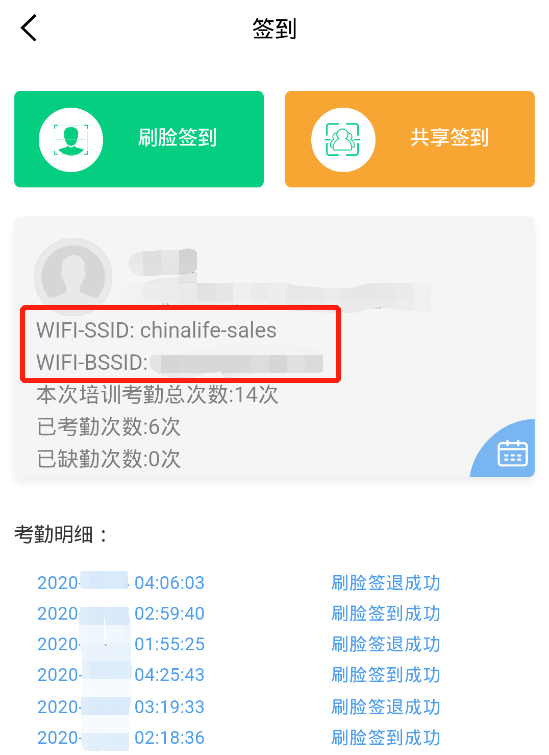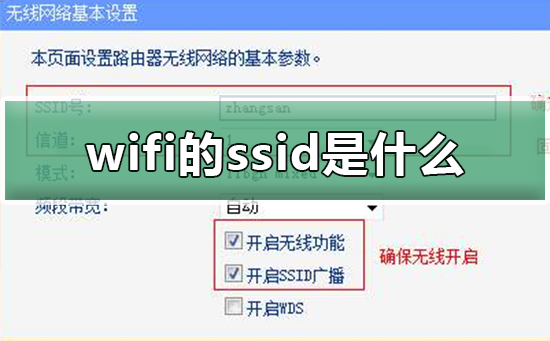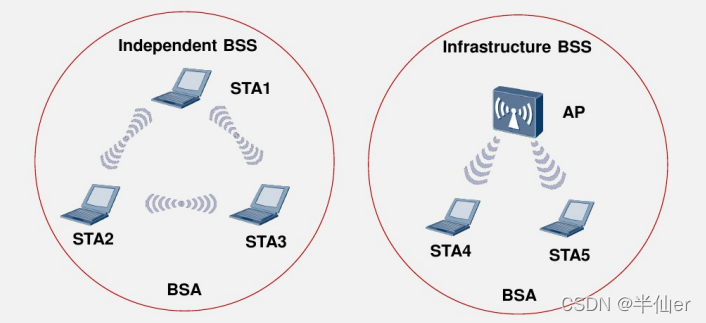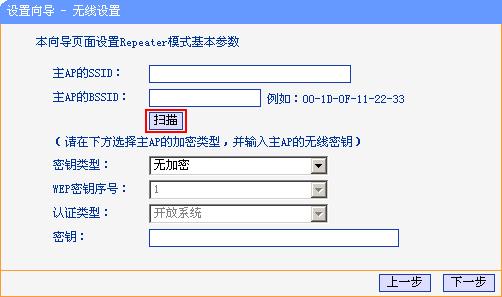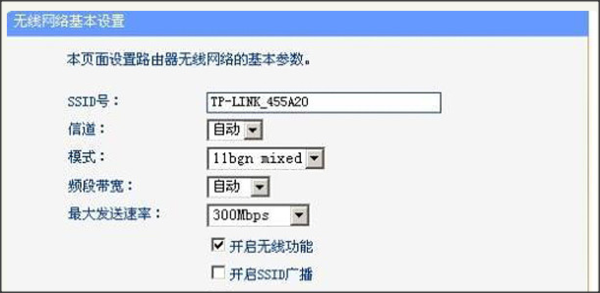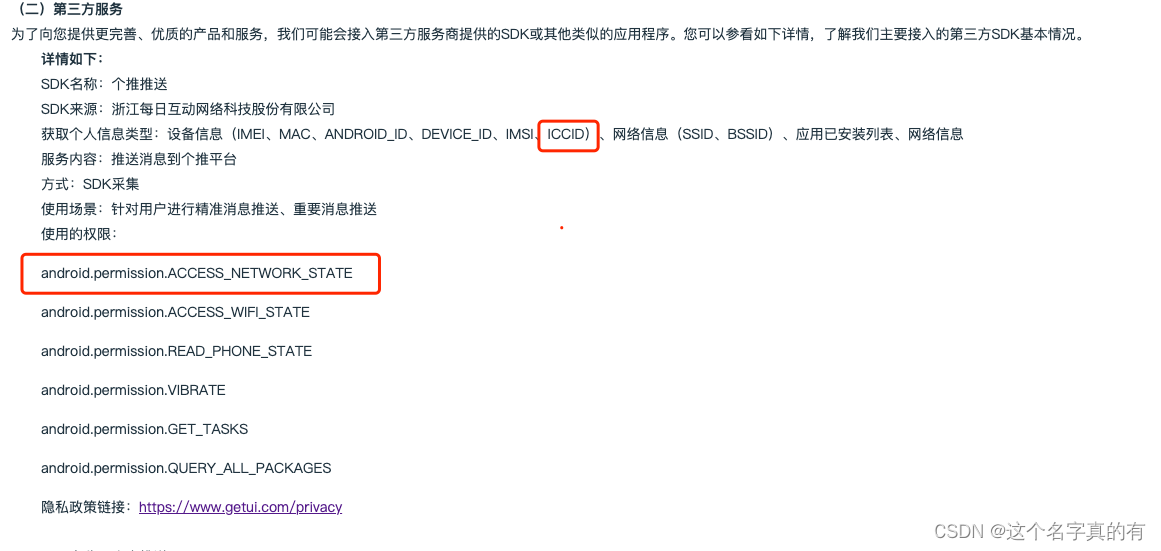What Is The Difference Between Ssid And Bssid

Ever wondered what those cryptic acronyms, SSID and BSSID, lurking in your Wi-Fi settings actually mean? Fear not, dear reader! We're about to demystify them, turning tech gibberish into everyday awesome. Think of it as unlocking a secret level in your Wi-Fi game!
The SSID: Your Wi-Fi's Name Tag
Let's start with the SSID, short for Service Set Identifier. Imagine your Wi-Fi network as a friendly puppy. The SSID is simply its name! It's the name you see when your phone or laptop scans for available Wi-Fi networks. Think "HomeSweetHomeWifi" or "FreeCoffeeShopWLAN".
It's what allows you to choose the correct network to connect to. Without an SSID, your devices would be wandering aimlessly, like lost digital sheep. You can even change the SSID of your home network to something super cool, like "Area51_TopSecret" (but maybe don't, unless you want to attract unwanted attention!).
The BSSID: Your Wi-Fi's Unique Fingerprint
Now, let's meet the BSSID, or Basic Service Set Identifier. This is where things get a little more "techy," but don't worry, we'll keep it simple. Think of it as your Wi-Fi router's unique fingerprint.
It's a unique identifier, a string of numbers and letters (the MAC address, to be exact!) that distinguishes your network from all others in the world. Even if your neighbor names their Wi-Fi "HomeSweetHomeWifi" too, your BSSID will be different, preventing a digital identity crisis!
Imagine two people with the same first name, like "John." To tell them apart, you'd need something more specific, like their last name or a unique ID. The BSSID is that unique ID for your Wi-Fi network.
Multiple Routers, Multiple BSSIDs
Things get even more interesting with multiple routers, especially in larger homes or offices. Each router broadcasts the same SSID (the name of the network), but each has its own, unique BSSID.
This is like having a team of employees all wearing the same company uniform (the SSID), but each having their own individual employee ID (the BSSID). Your device uses the BSSID to determine which access point it's actually connected to. It helps to choose the one with best connection.
This system is particularly helpful when you have a mesh network, where multiple routers work together to provide seamless Wi-Fi coverage throughout your home. The SSID stays the same, but your device intelligently hops between different BSSIDs for the strongest signal!
SSID vs. BSSID: The Key Differences
So, let's recap the key differences in a nutshell! The SSID is the friendly, human-readable name of your Wi-Fi network. The BSSID is the router's unique, machine-readable identifier, a behind-the-scenes identifier that helps your device connect to the correct access point.
Think of the SSID as the restaurant name ("Pizza Palace") and the BSSID as the specific table number you're sitting at ("Table 7"). Both are important for finding your way!
In essence, the SSID helps you find the right network, while the BSSID helps you connect to the correct router within that network. Knowing the difference can be helpful for troubleshooting network issues or setting up advanced Wi-Fi configurations. Now you're armed with Wi-Fi wisdom!
Important Note: While you can usually change your SSID, you typically can't change your BSSID, as it's hard-coded into the router's hardware.
